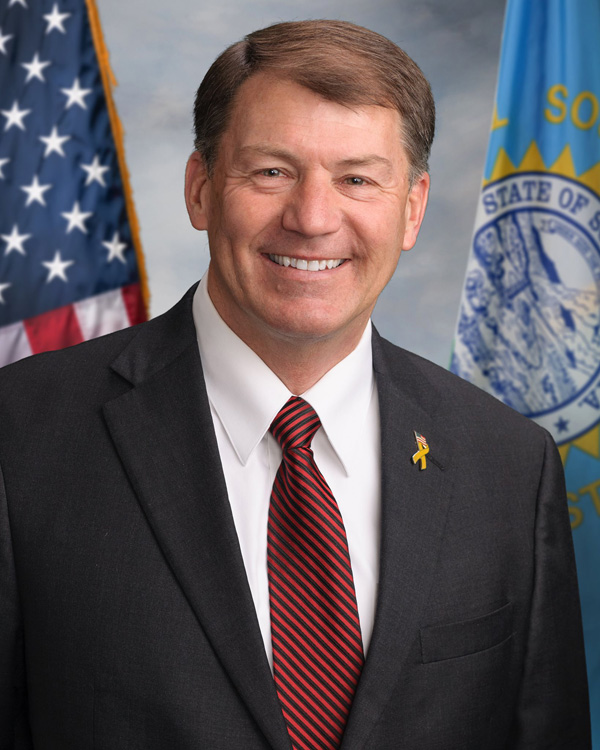Former Dem State Sen. Candidate attacks Dusty Johnson for compliment from African American Congressman.
You know, You’d think you had seen it all when it comes to how whacked out some ultra-liberal Democrats are. But former Aberdeen State Senate Democrat candidate Cory Heidelberger just launched a repulsive and racially charged attack against Congressman Dusty Johnson.
Why? Because Johnson received a compliment from an African-American Congressional colleague, Congressman Will Hurd citing Dusty as “trying to make the (Republican) party more diverse and inclusive.” And apparently, making efforts at broadening the GOP’s appeal isn’t palatable for the extreme left, triggering them because of the color of Dusty’s skin:
When Congressman Dusty Johnson works to broaden the base of the Republican Party and is complimented for it, Democrats such as Cory Heidelberger are left frothing at the mouth, pointing fingers and quivering but you’re ‘very white’ and have ‘white privilege’ and orange man bad!
This is why Democrats will continue to lose elections, especially in the midwest. They want to divide people up into classes and categories. When to just about everyone else, the yardstick of progress is far more mundane, when we simply consider people neighbors and co-workers and ignore categories.
Dusty, keep on showing the world that the Republican Party is a big tent welcoming to all who seek freedom, believe in free enterprise, and value American exceptionalism.
And we’ll continue to leave the haters and racists in the dustbin of history.
“I have a dream that my four little children will one day live in a nation where they will not be judged by the color of their skin but by the content of their character.”
– Martin Luther King Jr., 28 August 1963










